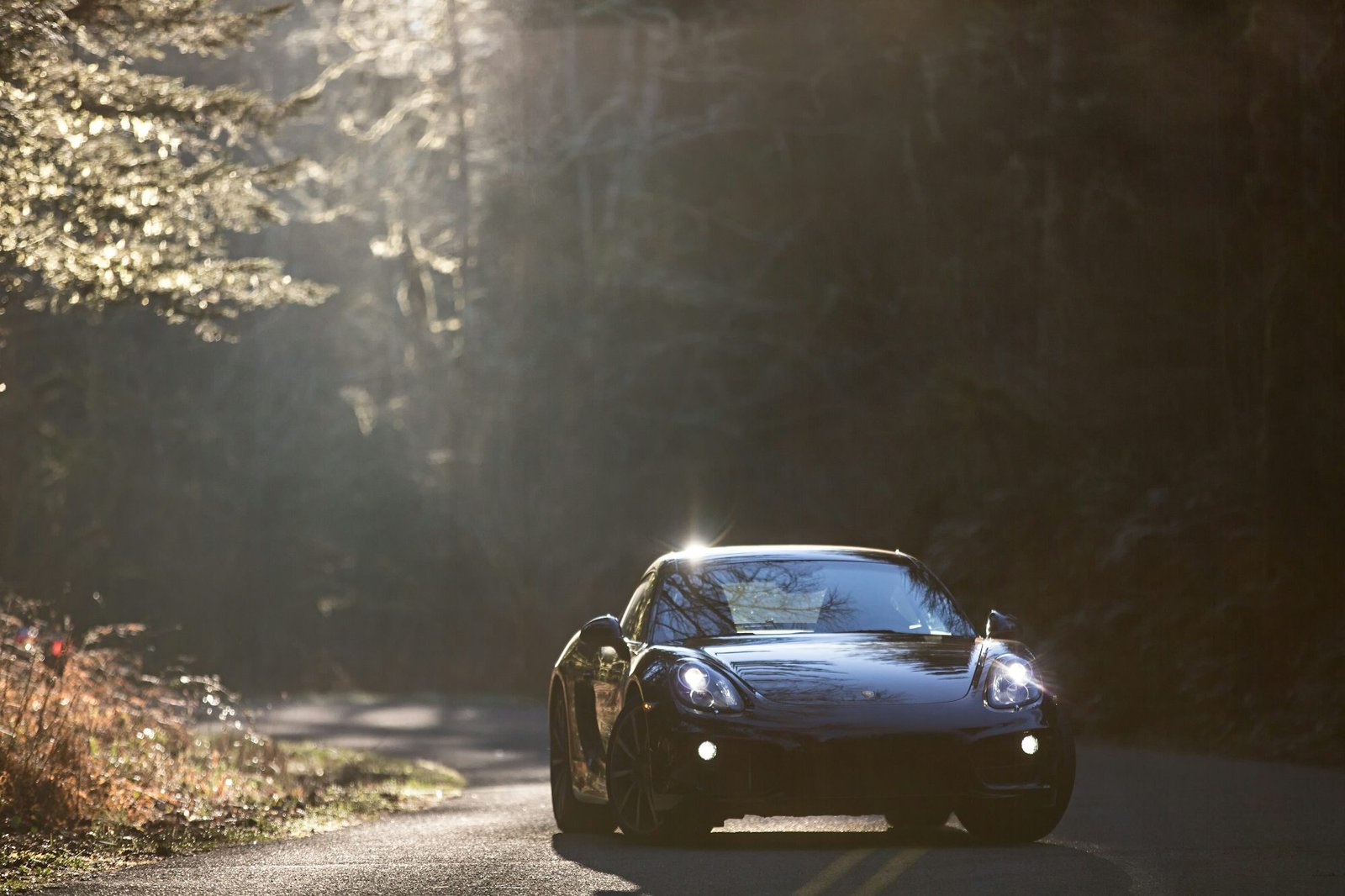trakvia.blog
Speed This Performance Design article Road examines the evolution of SUVs, Safety Motor highlighting Engine the trends, innovations, Comfort Automobile and Luxury the impact Wheels Mileage Vehicle of consumer preferences on the Drive market.
The origins of the SUV can be traced back to the 1930s with vehicles designed for both utility and comfort. However, it wasn’t until the late 1980s and early 1990s that SUVs began to gain significant traction in the consumer market. The introduction of models like the Jeep Grand Cherokee and the Ford Explorer marked a turning point, as these vehicles combined off-road capability with everyday practicality. This blend of features appealed to a wide range of consumers, leading to a surge in SUV popularity.
One Mileage of the defining characteristics of modern SUVs is their spaciousness. Consumers are drawn to SUVs for their ability to accommodate larger families and provide ample cargo space. This has led automakers to design vehicles that prioritize comfort and versatility. Features such as configurable seating arrangements, expansive cargo areas, and advanced entertainment systems have become standard in many SUV models, making them ideal for both daily commutes and long road trips.
As the market for SUVs grew, so did the variety of models available. Today, consumers can choose from compact, mid-size, and full-size SUVs, each catering to different needs and preferences. Compact SUVs, like the Honda CR-V and Toyota RAV4, offer maneuverability and fuel Wheels efficiency, making them popular choices for urban dwellers. Meanwhile, mid-size and full-size SUVs, such as the Chevrolet Tahoe and Ford Expedition, provide more space and power, appealing to families and those with active lifestyles.
In response to growing environmental concerns, automakers are increasingly integrating fuel-efficient technologies into their SUV lineups. The rise of hybrid and electric SUVs is a testament to this shift. Models like the Toyota RAV4 Hybrid and Ford Mustang Mach-E are designed to reduce emissions without compromising performance. These vehicles not only cater to environmentally conscious consumers but also position automakers favorably in an increasingly competitive market.
Moreover, advancements in automotive technology have played a significant role in the evolution of SUVs. Features such as all-wheel drive (AWD) and four-wheel drive (4WD) systems have become commonplace, enhancing the versatility of SUVs for various driving conditions. These technologies allow vehicles to perform well in both urban environments and off-road settings, appealing to a broader audience.
Safety is another critical aspect Luxury that has evolved alongside SUVs. As consumer awareness of safety features grows, manufacturers have responded by incorporating advanced safety technologies into their models. Engine Innovations such as adaptive cruise control, lane-keeping assist, and automatic emergency braking are now available in many SUVs, providing drivers with peace of mind and enhancing overall safety.
The interior experience of SUVs has also seen Speed substantial improvements. High-quality materials, advanced infotainment systems, and customizable lighting options are now standard in many models. Automakers are focusing on creating an inviting atmosphere that caters to both drivers and passengers, transforming the SUV into a mobile living space. This trend is particularly appealing to families, as it enhances the overall travel experience.
As SUVs continue to evolve, the trend of personalization has gained traction. Consumers are increasingly interested in customizing their vehicles to reflect their individual tastes and lifestyles. This has led to a rise in aftermarket accessories and options for personalization, ranging from unique paint colors to custom wheels and enhanced audio systems. Automakers are recognizing this trend and are offering a Design wider array of options for buyers looking to make their SUVs unique.
Another key factor driving the evolution of SUVs is the impact of social media and marketing. Influencer culture and targeted advertising have played a significant role in shaping consumer preferences. Automakers are leveraging social media platforms to engage with potential buyers, showcasing their vehicles’ features and capabilities in real-life scenarios. This direct connection with consumers has proven effective in creating a loyal following and boosting sales.
In addition to marketing strategies, the role of lifestyle trends cannot be overlooked. As more consumers prioritize outdoor activities and adventures, the demand for SUVs capable of handling various terrains has grown. Automakers are responding by designing models equipped with off-road capabilities, appealing to those who enjoy camping, hiking, and other outdoor pursuits. Features such as skid plates, enhanced suspension systems, and all-terrain tires are becoming increasingly common in many SUV models, allowing drivers to explore beyond city limits.
However, the growing popularity of SUVs has also raised concerns about their environmental impact. Critics argue that the increased size and weight of these vehicles contribute to higher fuel consumption and emissions. In response, automakers are focusing on developing more efficient engines and promoting hybrid and electric models to mitigate these concerns. This balance between performance, comfort, and sustainability is essential as the automotive industry navigates its future.
As we look ahead, the evolution of SUVs shows no signs of slowing down. The increasing integration of technology, the push for sustainability, and changing consumer preferences will continue to shape the market. As electric vehicles gain traction, we can expect to see more innovative hybrid and electric SUVs hitting the market, catering to the demands of eco-conscious consumers.
In conclusion, the SUV has undergone a remarkable evolution from its rugged origins to becoming a versatile and popular choice for families and individuals alike. The blend of comfort, space, safety, and technology has made SUVs a preferred mode of transportation for many. As the industry adapts to the ever-changing landscape of consumer preferences and environmental considerations, the future of SUVs promises to be exciting, with ongoing innovations that cater to a diverse range of needs. Whether it’s through enhanced performance, eco-friendly options, or customizable features, the SUV continues to adapt and thrive in the automotive world.